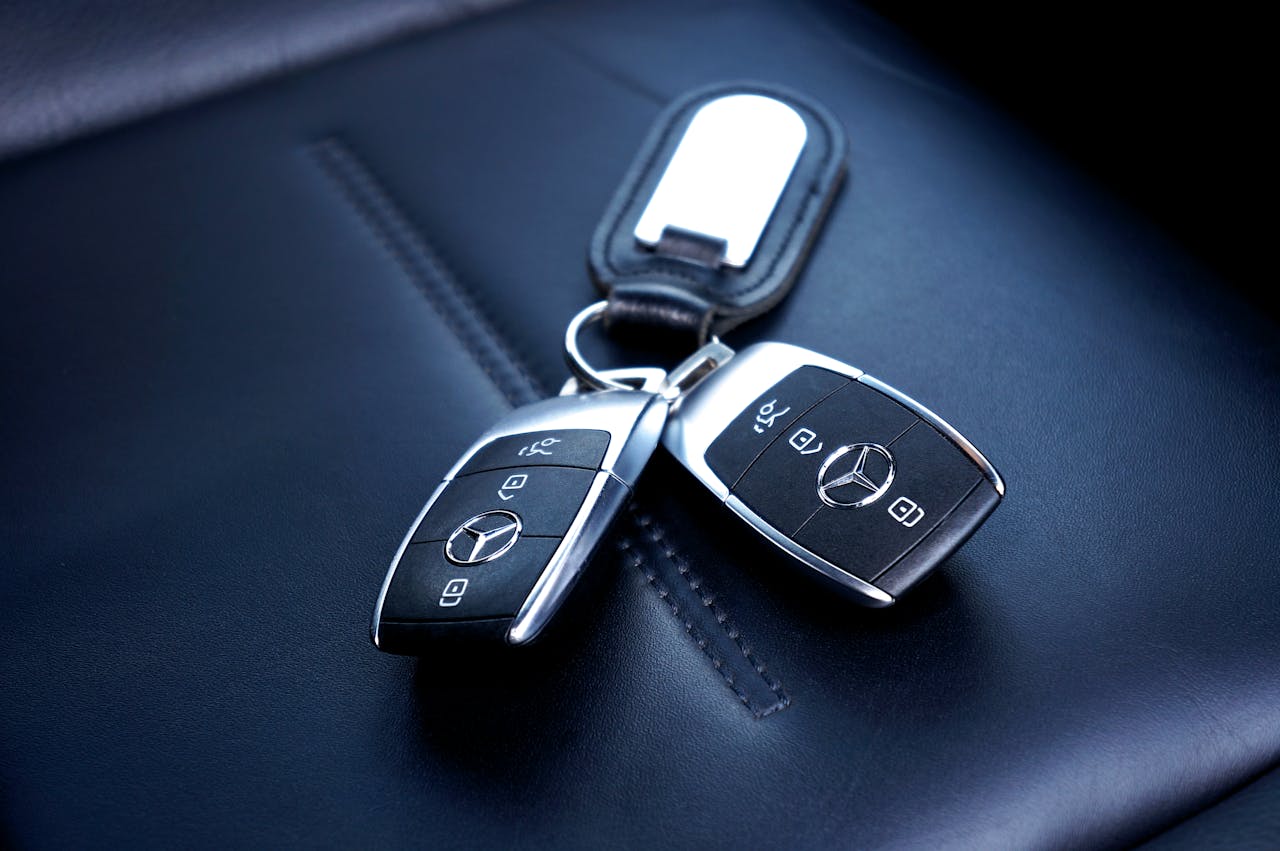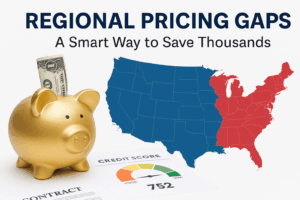When choosing a car, the most important factor is not the brand. It is how you drive. Your driving habit refers to the way you use your vehicle day to day. This includes the types of roads you travel, the distances you cover, the frequency of your trips, and how you handle speed, terrain, and passengers. These patterns shape your experience more than any logo on the hood.
Brand loyalty may offer comfort and familiarity, but it can also lead to mismatches. A car that looks great in ads may underperform in your actual routine. That is why understanding your driving habit is essential. It helps you select a vehicle that fits your lifestyle, supports your priorities, and delivers long-term value.
In this post, you will learn what driving habit really means, why it should guide your car selection, how it compares to brand loyalty, and how incentives like a cashback strategy can support smart decisions without distracting from functional fit. You will also get a practical framework for evaluating cars based on how you drive, not just who made them.
What Driving Habit Really Means
Driving habit is not just about how often you drive. It includes:
- Route type: Do you drive mostly in the city, on highways, or in rural areas?
- Trip length: Are your drives short and frequent, or long and occasional?
- Passenger load: Do you drive solo, with family, or with gear?
- Driving style: Are you cautious, assertive, or performance-oriented?
- Climate and terrain: Do you face snow, heat, hills, or unpaved roads?
These factors influence how a car feels, performs, and ages. A vehicle that fits your driving habit will feel intuitive, efficient, and reliable. One that does not will feel like a compromise.
Why Brand Loyalty Can Mislead
Brand loyalty is emotional. It is built on reputation, advertising, and past experience. But cars evolve. A brand known for reliability may release a model with poor fuel economy. A brand known for performance may offer a trim that feels underpowered.
Relying on brand alone can also blind you to better options. You may overlook a model that fits your lifestyle perfectly simply because it is unfamiliar. Or you may overpay for features you do not need just to stay within a brand family.
How Driving Habit Guides Smarter Choices
When you prioritize driving habit, you start with purpose. You ask:
- What kind of suspension do I need for my roads?
- How much cargo space fits my routine?
- What fuel economy makes sense for my mileage?
- What tech features actually improve my commute?
These questions lead to better outcomes. You find cars that feel right, not just look right. You avoid overbuying or underbuying. You get more value from every dollar spent.
How to Evaluate Fit Before Brand
Here is a simple framework to guide your selection:
- Start with your routine. Write down your weekly driving patterns, including mileage, road types, and passenger needs.
- List your priorities. Rank what matters most such as fuel economy, comfort, cargo space, tech, and resale value.
- Compare across brands. Look at models that meet your criteria, regardless of badge.
- Test drive for feel. Pay attention to how the car responds to your driving style. Does it feel natural or forced?
- Check long-term costs. Include fuel, insurance, maintenance, and depreciation.
This process helps you find a car that fits your life, not just your expectations.
When Brand Still Matters
Brand is not irrelevant. It can signal quality, resale value, and dealer support. But it should be a secondary filter. Once you find models that match your driving habit, then compare brands for reliability, warranty, and service.
Brand can also matter for financing and loyalty perks. If you qualify for loyalty bonuses or special financing through a brand you have used before, that can tip the scales. Just make sure the car itself still fits your needs.
Your car should feel like an extension of your routine. It should respond to your habits, support your lifestyle, and deliver value over time. Brand may offer familiarity, but driving habit offers clarity.
Start with how you drive. Let that guide what you drive. And when the right car aligns with the right deal, you will know you made the right choice not just for today but for every mile ahead.




